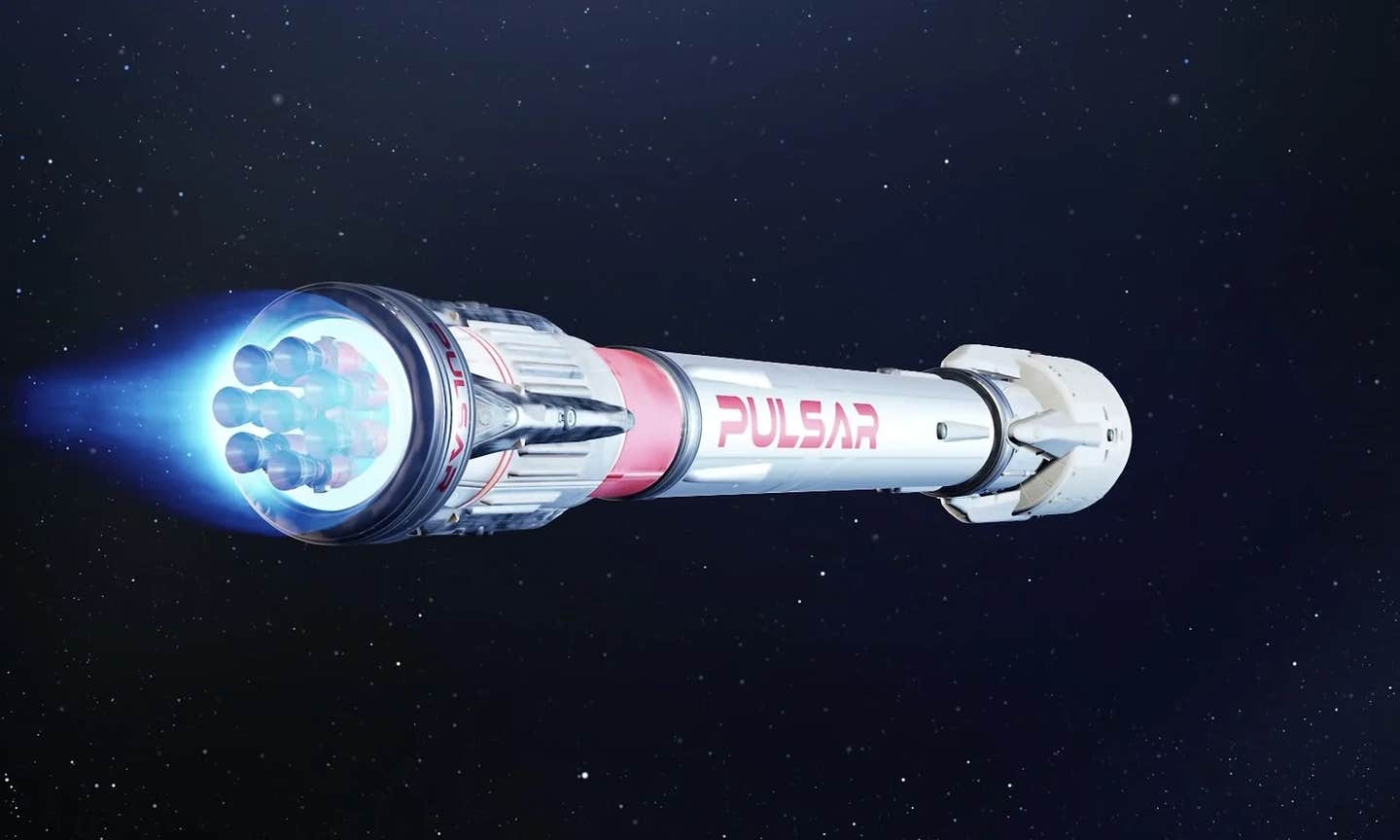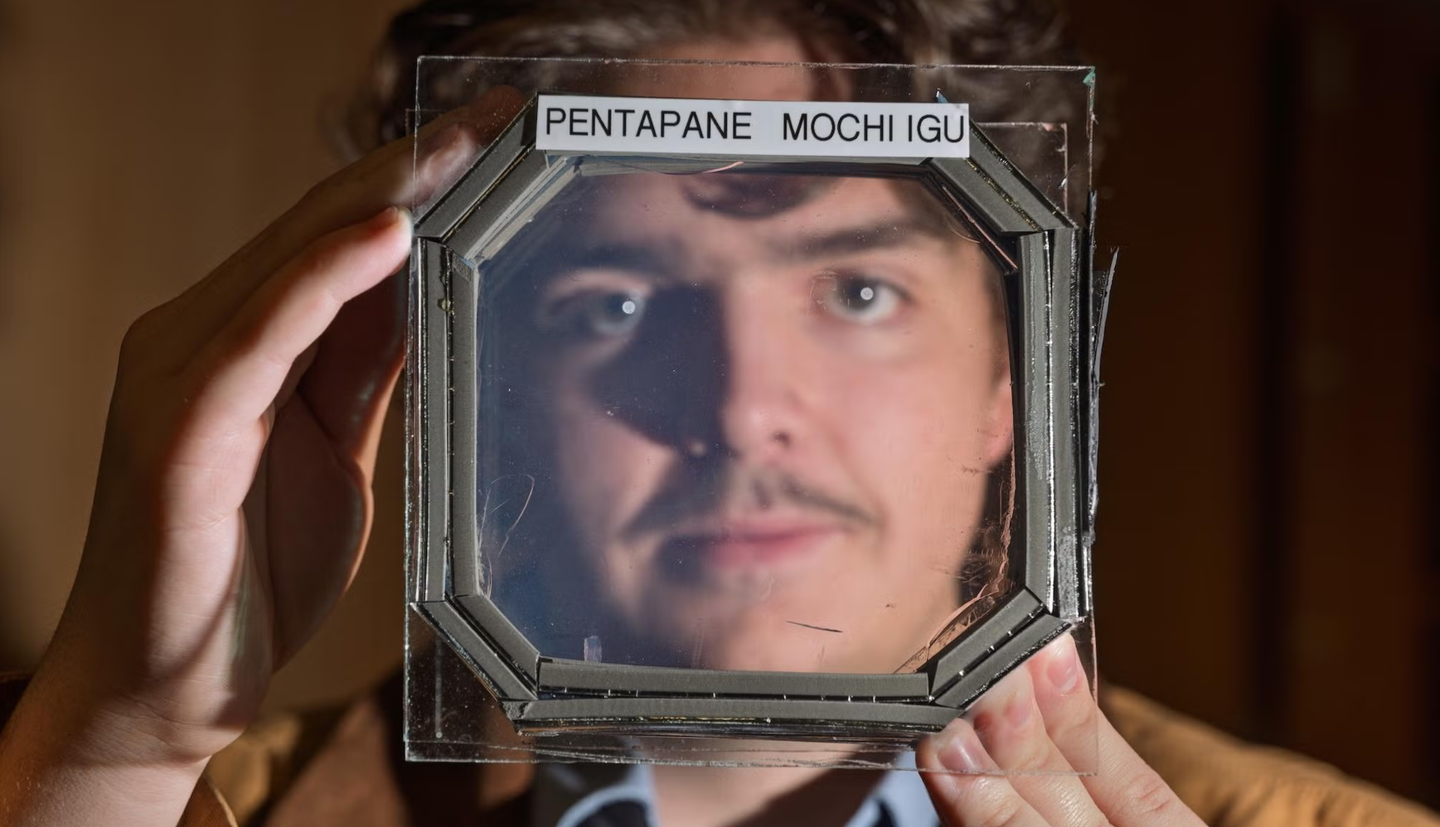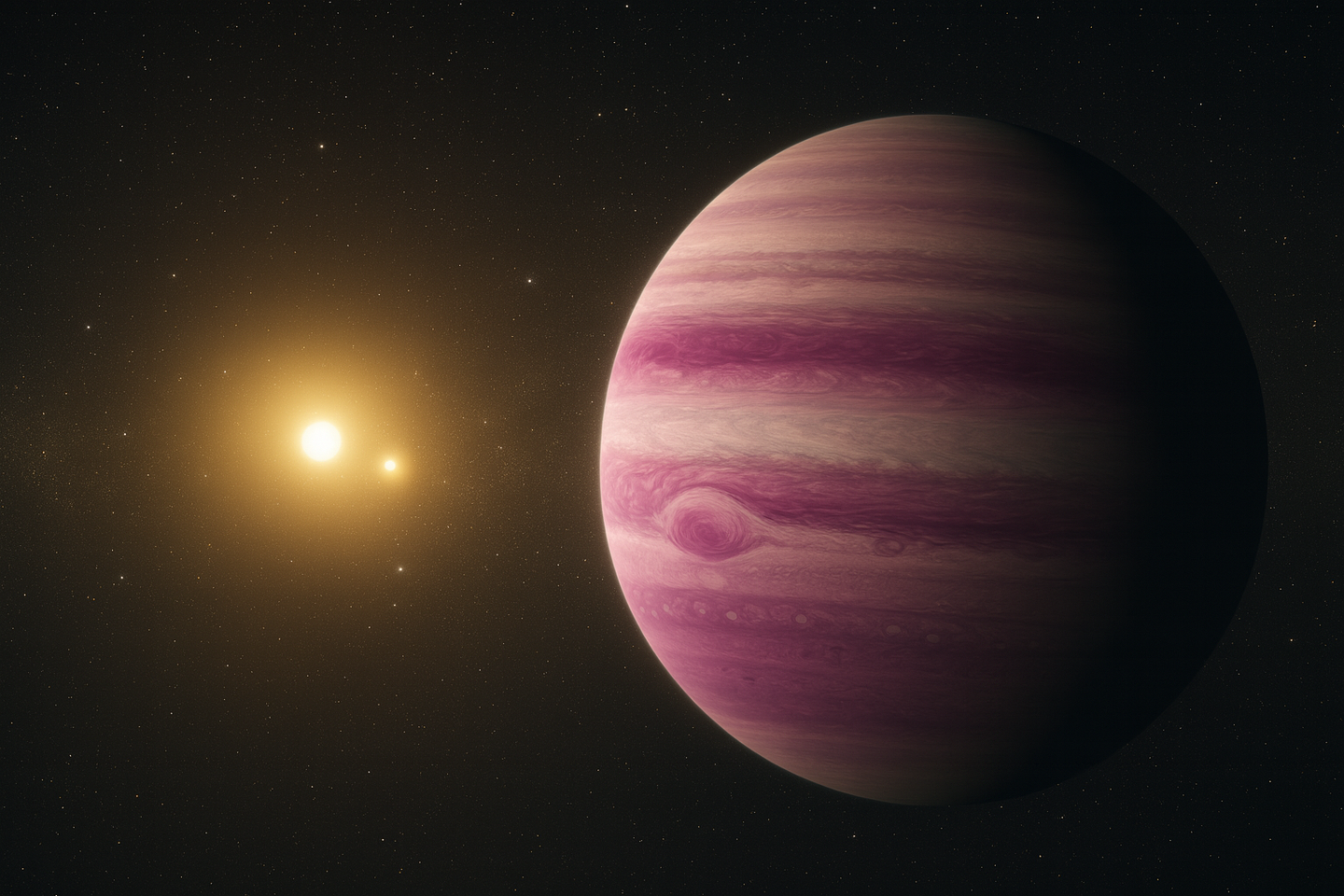Next-gen nuclear fusion-powered rocket burns hotter than the Sun
A groundbreaking fusion rocket could revolutionize space travel, enabling faster missions to distant planets and moons.

Their ongoing efforts mark a seminal moment in our quest to explore the cosmos, promising to transform our understanding of interstellar travel. (CREDIT: Pulsar Fusion)
A new era of space exploration is dawning, driven by groundbreaking advancements in nuclear fusion technology. At the forefront of this revolution is Pulsar Fusion, a UK-based company pushing the boundaries of science and engineering to create a new generation of rocket engines.
The heart of this innovation lies in nuclear fusion, a process that mimics the energy production of stars. By fusing atoms together, vast amounts of energy are released, offering the potential to power spacecraft at unprecedented speeds.
Pulsar Fusion's ambitious goal is to construct the largest and most practical nuclear fusion rocket engine to date. Their 8-meter fusion chamber, set to ignite in 2027, aims to generate temperatures hotter than the sun's core, propelling the rocket's exhaust at speeds exceeding 500,000 miles per hour.
However, harnessing the power of fusion is a complex challenge. Plasma, the superheated state of matter created during fusion, is notoriously difficult to control. Its erratic behavior, influenced by complex physical phenomena like Magneto-Hydro Dynamics (MHD) and Gyrokinetics, can lead to abrupt reactions and energy loss.
To overcome these obstacles, Pulsar Fusion has formed a strategic partnership with Princeton Satellite Systems. By analyzing data from the world-record-holding PFRC-2 reactor and employing advanced computer simulations, the two companies aim to predict and control the behavior of the super-hot plasma.
If successful, this fusion rocket technology could revolutionize space travel. It could halve travel times to Mars, reduce flight times to Saturn from eight years to two, and potentially enable interstellar travel.
Pulsar Fusion's CEO, Richard Dinan, emphasized the significant leap in propulsion capabilities: "Our current satellite engines produce up to 25 miles per second in exhaust speeds. We hope to achieve over 10 times that with fusion."
Artificial intelligence (AI) is playing a crucial role in advancing fusion technology. By analyzing vast amounts of data and optimizing reactor designs, AI can accelerate the development process and improve the performance of fusion devices.
Related Stories
Dinan highlighted the potential of AI in achieving interstellar space travel: "To the fusion community, AI truly does have the potential to allow us to achieve engines capable of interstellar space travel."
Beyond its potential for space exploration, fusion technology holds promise for addressing global energy challenges. A successful fusion reactor could provide a clean, safe, and virtually limitless source of energy, helping to mitigate climate change and ensure energy security.
To achieve these ambitious goals, researchers and engineers are working tirelessly to overcome numerous technical hurdles.
One of the primary challenges is developing materials that can withstand the extreme temperatures and radiation generated by fusion reactions. Scientists are exploring advanced materials like tungsten and carbon fiber composites to build durable and efficient fusion reactors.
Another critical challenge is the development of powerful magnets to confine the plasma and maintain the fusion reaction. Superconducting magnets, which can generate incredibly strong magnetic fields, are essential for achieving the high temperatures and densities required for fusion. However, these magnets require complex cooling systems to maintain their superconducting state.
In addition to these technical challenges, there are also significant economic and political hurdles to overcome. Fusion research and development is a costly endeavor, requiring substantial investment from governments and private industry. International collaboration is essential to pool resources and expertise, accelerate progress, and share the benefits of fusion technology.
Despite these challenges, the future of fusion energy appears promising. Recent advancements in materials science, plasma physics, and computer modeling have brought us closer than ever to realizing the dream of clean, abundant fusion energy.
Recent successful test
The company successfully tested a groundbreaking, super-fast space engine capable of propelling larger satellites. This achievement marks a significant step forward in space exploration and technology.
The engine, ten times larger than conventional models, was fired at the University of Southampton on January 29th. This achievement was made possible in part by funding from the UK Space Agency as part of a collaborative effort.
As the global demand for satellite launches and orbital payloads grows, the need for more powerful and efficient propulsion systems becomes increasingly critical. Pulsar's new engine addresses this need by enabling the utilization of larger satellites in space.
Testing this engine presented unique challenges due to its design for operation solely in the vacuum of space. The scientists involved had to overcome the complexities of testing such a device on Earth, requiring a specialized large vacuum chamber.
Dr. James Lambert, Head of Operations at Pulsar Fusion, explained, "While companies like SpaceX launch satellites into orbit, once released, these satellites require dedicated propulsion systems to navigate and maintain their correct orbits. Our engines are designed to operate reliably in the vacuum of space for extended periods."
He further emphasized the increasing size of satellites and the corresponding need for larger, more powerful engines. "The challenge lies in testing these extremely complex, super-hot plasma-firing thrusters on Earth, which necessitates a high-vacuum environment and operation at millions of degrees. Few companies possess the capability to manufacture and test such engines. The UK, with its scientific expertise in plasma technology, is well-positioned to lead in this field."
Richard Dinan, Founder of Pulsar, expressed optimism about the future implications of this achievement. "This breakthrough opens up significant business opportunities for Pulsar and the UK. We've been engaging with global satellite manufacturers who have been closely following our progress. Britain remains a center of excellence in plasma physics, and we're committed to maintaining this position. This technology has the potential to secure employment for our scientists for many years to come."
Pulsar Fusion's groundbreaking work on fusion rocket technology represents a significant step forward in our quest to explore the cosmos and address our energy needs.
As scientists and engineers continue to push the boundaries of knowledge, we can anticipate a future where humanity harnesses the power of the stars to propel us into a new era of exploration and prosperity.
Note: Materials provided above by The Brighter Side of News. Content may be edited for style and length.
Like these kind of feel good stories? Get The Brighter Side of News' newsletter.



